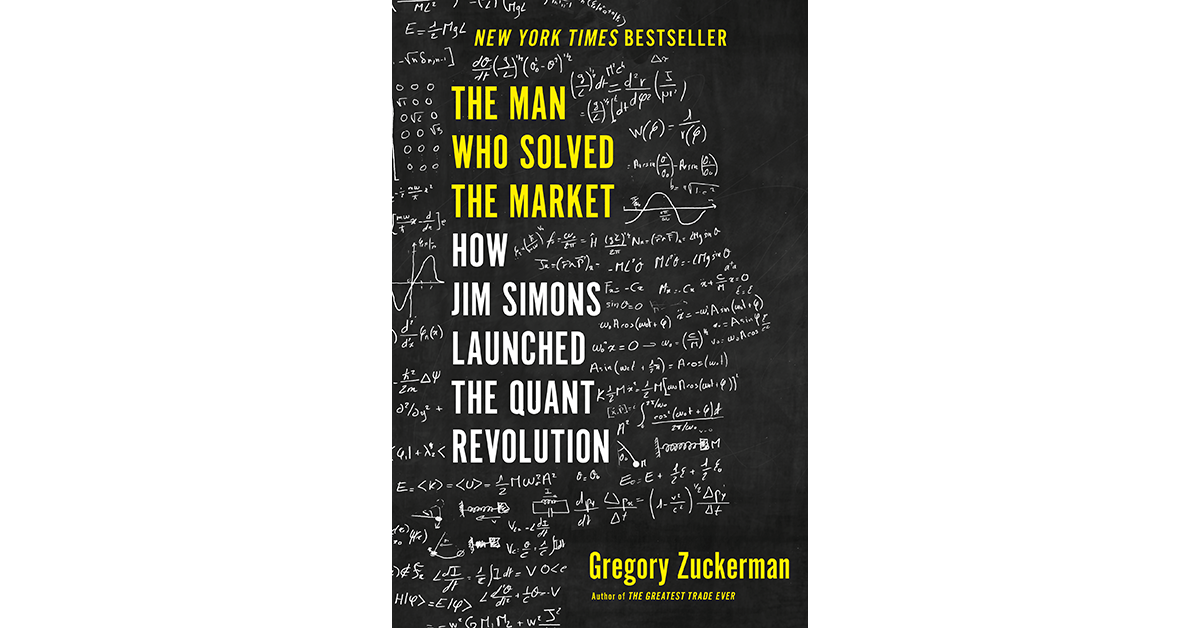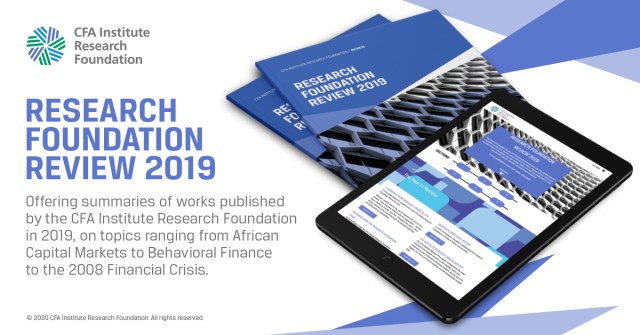[ad_1]
The Man Who Solved the Market: How Jim Simons Launched the Quant Revolution. 2019. Gregory Zuckerman. Penguin Random House.
James Simons is a billionaire hedge fund manager whom even Bernie Sanders might like: a brilliant, decent, relaxed, charismatic, self-aware man deeply concerned with America’s growing inequality and deteriorating educational system. He has devoted his considerable fortune to curing autism, to improving math education in the public schools, and to solving the ultimate mysteries of the origins of life and the universe. In addition, he is an award-winning mathematician who helped solve some of the Cold War’s thorniest code-breaking problems, a job he lost through a letter to the editor against the Vietnam War, following which he built the math department at SUNY Stony Brook into a world-class academic powerhouse. And not to mention, he is arguably the world’s most successful investor and one of its wealthiest inhabitants.
In short, he has lived a life that begs for a biographer. The only problem for the Wall Street Journal’s Gregory Zuckerman in assuming that role was Simons’s intense privacy and the impenetrable silence that surrounded all who knew him. Zuckerman surmounted those formidable barriers with dogged investigative persistence and good timing in the form of the tongue-loosening wrought by the impending demise of Simons’s now elderly early collaborators.
For investment professionals, Zuckerman’s work will go down like a generous serving of chocolate mousse — at once both pleasurable and satisfying — but not for the reason that will attract them to the book. Indeed, in the 31 years from 1988 through 2018, the Medallion Fund — the flagship of Simons’s Renaissance Technologies — achieved a breathtaking 69% gross return (39% after fees that eventually rose to a staggering 5-and-44) by grossly violating weak-form market efficiency; price and volume movements do, in fact, affect future prices. Alas, Zuckerman spills little secret sauce and parts no kimonos; after all, Medallion’s continued success depends on its operational opacity.
Renaissance Technologies began in the early 1980s by painstakingly digging out massive amounts of data from primary documentary sources, supplemented with virgin electronic data. It then brought the skills of world-class mathematicians and supercomputer-equipped data scientists to bear on these data within a multidimensional matrix to reveal correlations and patterns invisible to the naked eye in a looping optimization process that repeated several times per hour. Finally, the attendant strategies were executed with simultaneous trades in numerous securities. (Renaissance is not a high-frequency trader; it typically holds positions for days or weeks.) Trying to draw trading wisdom from Renaissance’s success is akin to improving your basketball handling and perimeter behavior by watching videos of LeBron James — the main problem being you are not LeBron James.
Equally important to Renaissance’s success were those from whom they earned those eye-popping returns: their competitors, typified by (in Simons’s words) “the manager of a global hedge fund who is guessing on a frequent basis the direction of the French bond market.” (Or, as stated more piquantly by one of Simons’s colleagues, “It’s a lot of dentists.”) The message for the average money manager could not be more clear: When you transact, it is likely against Jim Simons or someone like him (D.E. Shaw being the most obvious alternative example), so trade as little as possible.
Renaissance’s success was in no way preordained; it suffered several near-death experiences along the way. Readers will be gratified to learn that the apparently hyper-rational Simons was as much a slave to humankind’s emotionally driven loss-aversion myopia as the rest of us. He responded to the bumps in the market history of the past few decades — even the mild one of late 2018 — with a momentary loss of faith in his trading system, and on at least one occasion, he even overrode it with panicked sales. In psych-speak, humans exhibit “algorithm aversion.” If anyone should have been resistant to this phenomenon, it was Simons, yet one can only wonder how even he would have responded to, for example, a market decline on the scale of 1929–1932.
Another lesson for investment professionals: The most truly skilled investment managers privatize their returns; they do not want or need your money. Only for its first five years did Medallion remain open to outside investors, after which they were given the boot. Thereafter, the fund became the exclusive preserve of Renaissance’s owners and employees.
Zuckerman has spun a page-turning yarn that will both delight
and inform readers of all stripes and expertise. It is that rare book that will
appeal to both charterholders and a general audience. He beautifully describes
the collaborative nature of the Renaissance organization, which brought
together multiple individuals with unique skill sets, each of whom was
necessary but not sufficient for its success. Absent even one of them, the
enterprise would not have excelled as it did.
Renaissance’s outsized returns, in fact, flowed more from Simons’s deft management of the hundreds of number theorists, quantum physicists, and artificial intelligence PhDs under his command than from his own formidable mathematical genius. (Notably, the firm generally avoided hires with finance backgrounds.) It was no small feat to meld this battalion of highly accomplished but temperamental prima donnas. Time and again, Simons was able to patch over the seemingly irreconcilable differences that plagued the organization.
One of those prima donnas, Robert Mercer, provided an object
lesson in the law of unintended consequences. While Simons generously supported
a left-leaning agenda, Mercer’s support of Breitbart News, Steve Bannon, and
Cambridge Analytica proved far more powerful on the conservative side, arguably
providing Donald Trump’s margin of victory in the 2016 election.
One Renaissance employee, David Magerman, was fired for objecting strongly to Mercer’s politics, an episode that paradoxically shone a bright light on the pot of organizational glue that held Renaissance together: the ability of employees to invest in Medallion, perhaps the greatest employment perk known to humankind. When Magerman sued the firm over his discharge, it settled by granting him the effortless wealth offered by access to Medallion.
If one can fault the author for anything, it is for failing to answer the ultimate conundrum involving modern financial capitalism’s most rarefied heights, as epitomized by Renaissance: Exactly what purpose does it serve?
Clearly, the quant hedge fund business has little to do with the primary societal purpose of capital markets — the efficient allocation of capital to productive enterprises. Rather, it is a zero-sum game that transfers wealth from those endowed with skill and luck to those less well endowed with them. Whatever capital it generates is debited from other participants, yielding an attendant fearsome concentration of the nation’s wealth, a process of which Jim Simons is the master. (The time-honored rationalization of the hedge fund industry is, “We supply liquidity.” Of course, it supplies this liquidity until it is really needed; whenever you hear that refrain, hold on tight to your wallet.)
Zuckerman leaves it to the reader to pose these questions: Were quantitative hedge fund managers to suddenly disappear, would they be missed? Or might the world be a better place without them?
If you liked this post, don’t forget to subscribe to the Enterprising Investor.
All posts are the opinion of the author. As such, they should not be construed as investment advice, nor do the opinions expressed necessarily reflect the views of CFA Institute or the author’s employer.
Professional Learning for CFA Institute Members
Select articles are eligible for Professional Learning (PL) credit. Record credits easily using the CFA Institute Members App, available on iOS and Android.
[ad_2]
Image and article originally from blogs.cfainstitute.org. Read the original article here.



